What a Spider Looks like
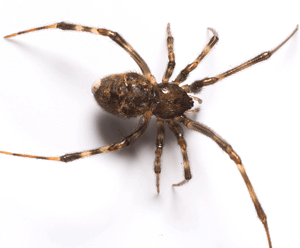
Common House Spider
When you have a bite, it is important to know the difference in spider bites vs flea bites. In the United States, spider bites are harmless but for the sake of information, you need to know types of spiders, what the bites look like and how to administer treatment. Despite the popular phobia for spiders, it is completely unnecessary to be scared of them. There are just two species of spiders that are actually harmful, however even these rare two hardly injure humans or bite.
Yes, some spiders are big, black and huge and may nip at you but they are potentially harmless. People are known to freak out at the sight of a spider and more at the bite as confirmed by Pharmacist Weber who is the director of a poison center at Missouri. She says that 70% of the time, it is not even a spider bite and 90% of the bumps are as a result of other bugs.
Nonetheless, if you do get bitten, try to catch the spider carefully to avoid being bitten again. This is so you can hand it over to an expert for identification, to push the treatment process along.
Symptoms of Spider bites
If you are thinking you have spider bites vs flea bites the identification of what type of spider is important. There are several species of spider that have been discovered but the symptoms of their bites are almost the same. The affected area swells up to small reddish bumps which are itchy and painful at times. This is the worst it can get for many people. However, spider bites cause an allergic reaction in some people. If your face starts to swell up or itch much more over a larger surface area or you have difficulty breathing then you may be allergic.
Venomous spiders like Brown recluse and Black spider cause more painful symptoms such as muscle cramps.
How to treat a spider bite
Most spiders are harmless and same can be said for the bites. The appropriate first aid to apply is to clean the spot with water and soap then gently rub in an antibiotic ointment. Note the date you got bitten and keep a close eye on it to make sure a secondary infection does not develop and how well it is healing. This was recommended by the director of a poison center, Pharmacist Weber.
Although you may not need medical treatment for a non-venomous bite but if it worries you, then call your poison control center. This is the hotline for help with poisonous bugs 1-800-222-1222 or send POISON to 797979 to save on your mobile.
In order to treat a spider fast, keep in mind this acronym ‘RICE’ It stands for R- rest, I- ice, C- compression, E- Elevation.
The first two should reduce the swelling and make itching bearable with ice packs. If the spot begins to exude pus or is extremely warm to the touch then quickly seek medical attention because it may be infected. According to the Pharmacist, you have time to treat a bite even up to a whole day before the venom becomes harmful so no need to panic.
Types of Spider and their bites
Jumping Spider bite
This is a non-venomous spider, it is commonly found in North American homes, they are harmless but the bites may itch and nothing else. They have well developed vision and a little attitude. If they spot something to bite, chances are, they will. The bite symptoms dissipate after two hours.
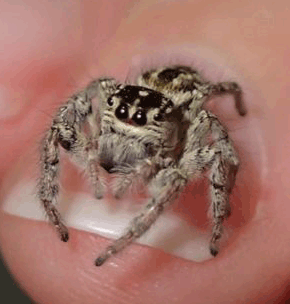
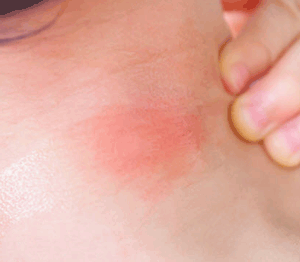
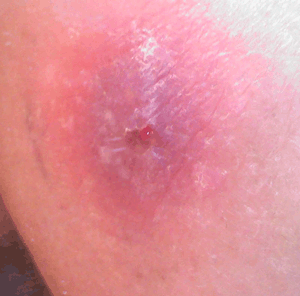
Wolf Spider bite
This spider looks like jumping spiders. They are commonly found all over the United States. Like jumping spiders, they are harmless. A bite from this spider may result in a tiny, painful, itchy, red bump.
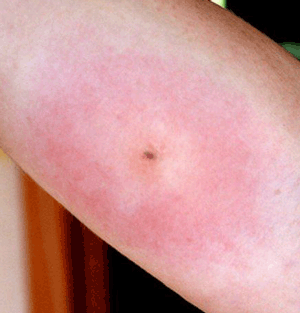
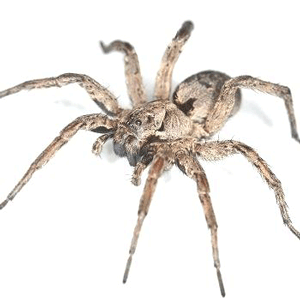
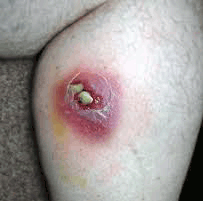
Wolf spiders have fangs which they use to penetrate the skin, the bite hurts because of that. You may or may not need to go to a doctor to treat this. Always seek out medical advice when in question. Oral antihistamine and or Benadryl are typically used to soothe the itch.
Brown Recluse Spider bite
One of the two most dangerous spiders in the U.S, It is found in the Midwest and a little more in southern states, such as Kansas, Louisiana, Tennessee, Arkansas, Missouri, Mississippi, Georgia, Texas, Alabama and Oklahoma.
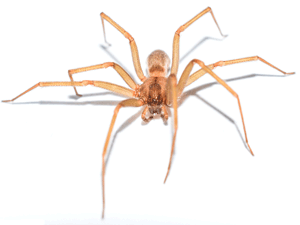
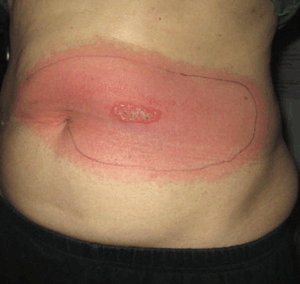
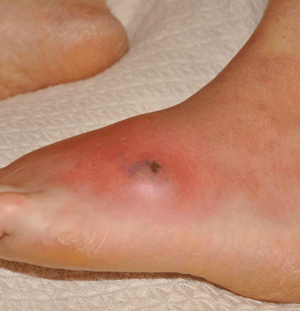
In North America, 90% of brown recluse bites only get inflamed and 10% of these bites take a little longer to heal. If you were bitten by a Recluse Spider, then the spot should have a sunken central area. The small blister should sink downwards instead in the middle quite unlike a normal puffed up bump. This results when the venom from a Recluse destroys the surrounding capillaries in the bite area.
A brown spider bite will have a bluish center surrounded by rings of red and white. In severe cases, people experience nausea, rashes, vomiting, chills, stiff joints and fever after 24-72 hours after the bite.
To relieve the pain, put ice on the bite and go to an ER. A doctor will prescribe antibiotics for you. A cause for concern is your urine turning cola or orange colored, the poison is breaking your red blood cells down, see a doctor immediately.
Black Widow Spider bite
Black widow is another poisonous bug. It is characterized by red hourglass marks and a black body. They are commonly found in western and southern states.
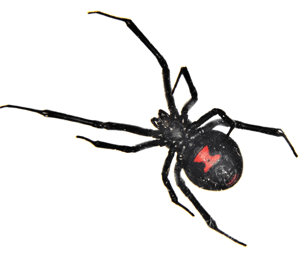
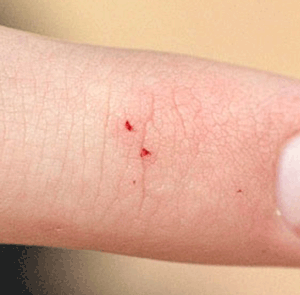
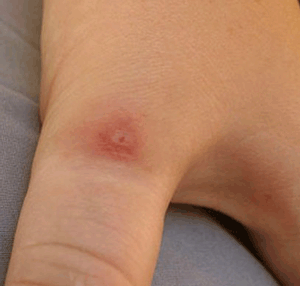
A black widow is harmful, but for some they experience symptoms of the flu so they don’t treat it. Others experience extreme pain akin to a heart attack or appendicitis. They pain from the bite area radiates up your limb and results in severe muscle cramping. A patient may be soaked in sweat hours after the bite especially around the shin or limb.
Like in Recluse, apply a cool compress and consult a doctor immediately. He or she will prescribe an anti-venom specific to a Widow bite.
Hobo Spider bite
These are commonly found in the Pacific Northwest. They are known as ‘aggressive home spiders’ but it has to really scared or disturbed to bite humans.
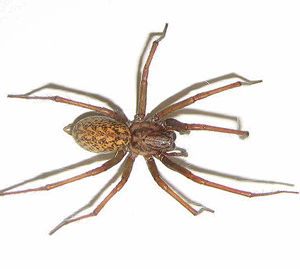
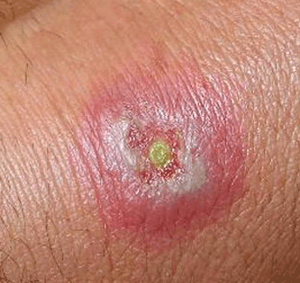
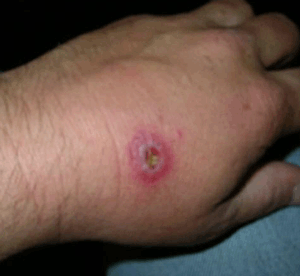
Despite their relative harmlessness, Hobo spiders are sometimes mistakenly taken as dangerous to humans and pets.
Its bites are dry which means that they have no venom. If there was venom, the bites will have bumps but there isn’t.
Camel Spider bite
Camel spiders or wind scorpions do not secrete venom but as a defense mechanism it can injure you with its jaw trapped on your skin. The wound should look like a tiny incision. The type found in western U.S is harmless.
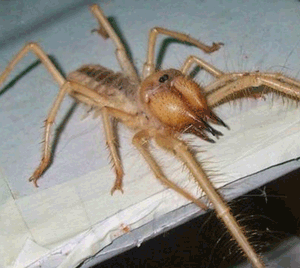
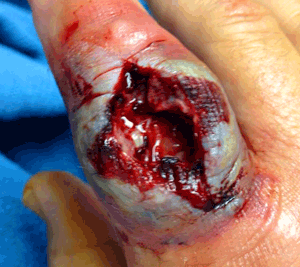

The name might be misleading because it is not really a spider, it cannot spin webs or secrete venom but are classified under arachnids -same as spiders, ticks and mites – by United States soldiers stationed in the Middle East.
If you have flea bites vs a spider bites the bites are typically in a cluster and not a singular bite which can help also with identification.